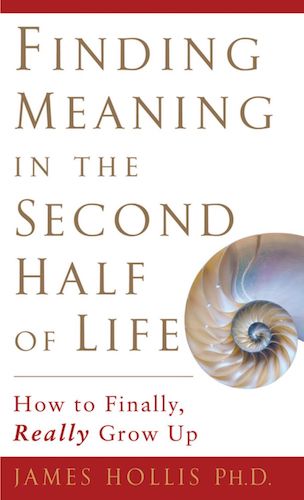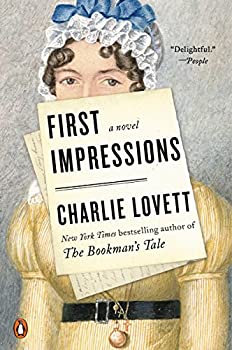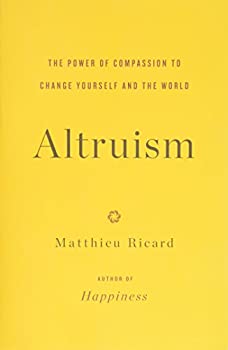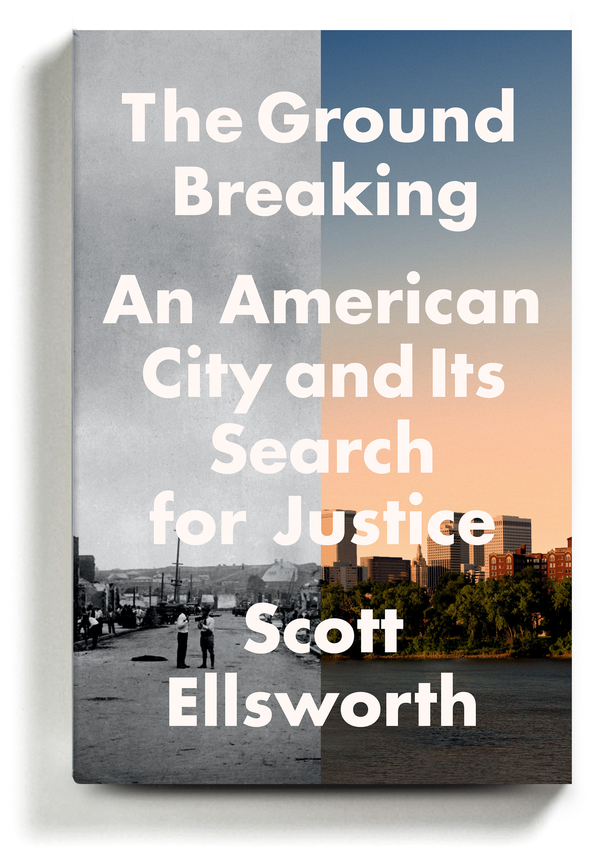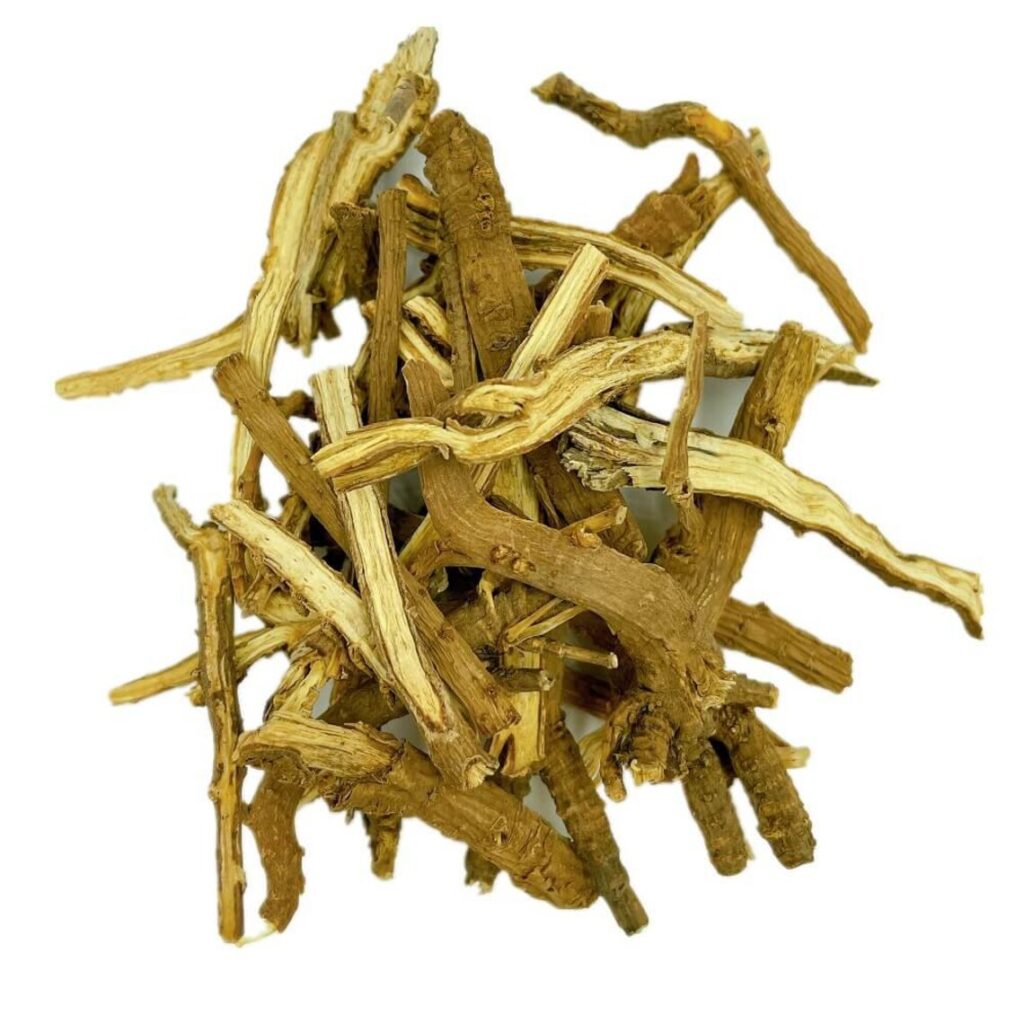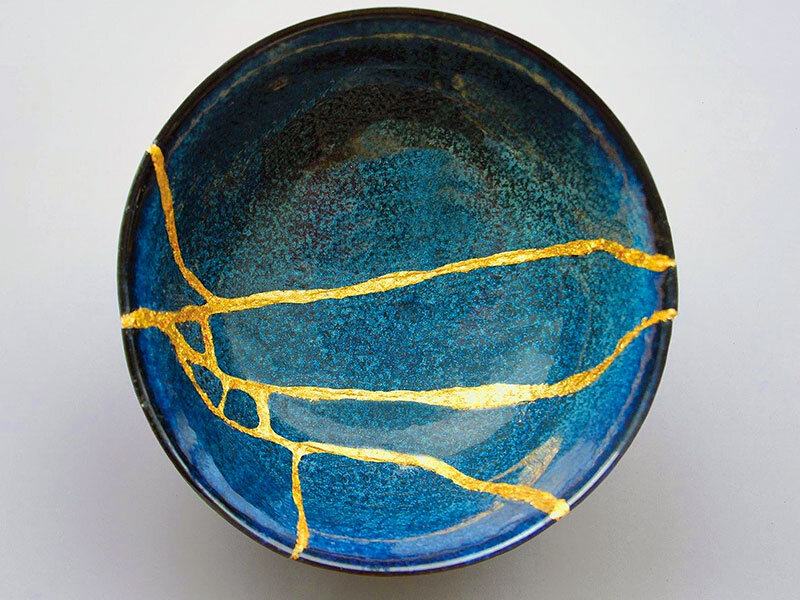Hello fellow Waayyy Behinders! In this book club, we take our time and choose books that call to us. These books may not necessarily be current, or make a big splash in the wider culture but they do bring meaning to our own lives. What have you been reading this month?
The first book I read this month is called Leave the World Behind by Rumaan Alam. I don’t recall where I heard about this book, but it was popular enough that Netflix is creating an adaptation that will be released this December, starring no less than Julia Roberts and Ethan Hawke. (So much for my vow not to review current titles!)
Initially, I was not too intrigued by this book. It’s dystopian, and describes our world suddenly falling into chaos. After the events of the last few years, I wasn’t sure I really wanted to dive into something so dark. However, as I kept reading, I got pulled in. I started to feel its profundity.
It’s about a family that goes on vacation, and while they’re away from home, something big happens. I mean big. The world changes. The power goes out. Cell phones no longer work. There’s no TV or radio. Large herds of deer run by for no apparent reason. Strange booming sounds can be heard outside. Is it a war? No one knows. The lack of information is what makes it so unsettling. The modern world bombards us with news at every available moment, so the sudden silence is frightening.
Essentially, it’s a book about how people handle uncertainty. Who can you rely on? How do you know? And then, there’s also the sadness of knowing that the world you once knew and relied on no longer exists. The thoughtfulness of this book really resonated with me.
The next book I read this month is called Finding Meaning in the Second Half of Life by James Hollis. It seems I have reached that particular age in life where I am at a crossroads. I can see where I’ve been up until now. I’ve learned some things, and am now clear on where I don’t want to go. Yet I am also unclear of how I want to move forward. There are not too many productive years left to me. How do I want to spend them?
Of the books I have been reading recently about mid-life crises, I would say this one is middle of the pack. There is a lot of rich wisdom here, and I needed some time to reflect on each chapter. He talks about the ghosts of our childhood, about daring to be ourselves, about the value of suffering. There are not many myths or stories about how to navigate life, and he bemoans this fact. While I found this book kind and reassuring, I think my favourite so far, and the one I found most helpful, is Falling Upwards by Richard Rohr. If you are interested, I talked about that book in more detail in January.
First Impressions by Charlie Lovett, was a cute book. It divides its time between a love triangle in the present, and a segment of Jane Austen’s life in the past. The two plots intersect with the search for an old book that just happens to include a unfinished version of Pride and Prejudice at the end. We are led to wonder if Jane Austen really wrote Pride and Prejudice, or if she stole the plot from someone else. If you like Jane Austen, it’s a fun little romp. Otherwise, I found the writing a bit contrived.
This month, I also read Altruism by Matthieu Ricard. This was a large book that took me months to finish. In it, Ricard makes the case for creating a society based on empathy and compassion, rather than on capitalist greed. There is a big section in the middle where he dissects our worst qualities as humans – our ego-centrism, narcissism, selfishness, violence, and hatred. In the final chapters, he is more positive, and finds reason to hope that we can change and create a better world. I so want to believe this, but I am losing faith. In the end, I think all we can do is work on ourselves and try to widen our own perspective. Maybe then the world will follow.
Finally, I read The Groundbreaking: the Tulsa Race Massacre and an American City’s Search for Justice by Scott Ellsworth. I have heard a lot about the Tulsa Race Riot in recent years. 2021 marked its 100th anniversary, so there’s been a lot of publicity about it.
Ellsworth starts the book with a brief chronology of the events of May 31 – June 1st, 1921 in Tulsa, OK. I originally thought that the massacre was more planned than it actually was. In fact, what happened was far more chaotic, more human, and, in many ways, far sadder. However, the bulk of the book is not about the riots at all, but about Tulsa and its attempts to heal. He describes the formation of a commission, which sought an official apology to the black community and discussed the possibility of reparations. There is long section about the search for mass graves, and the difficulty in finding them.
Ellsworth is a good writer, so the plot flows along well enough. But I think if you want to gain a deeper knowledge about the Tulsa Race Riot, his landmark book Death in a Promised Land is probably a better choice.
So, there you have it! My reads for the past month. If I had to name a favourite for this month, I would say it’s Leave the World Behind. I welcome any comments or suggestions. Until next time, keep reading. 🙂


